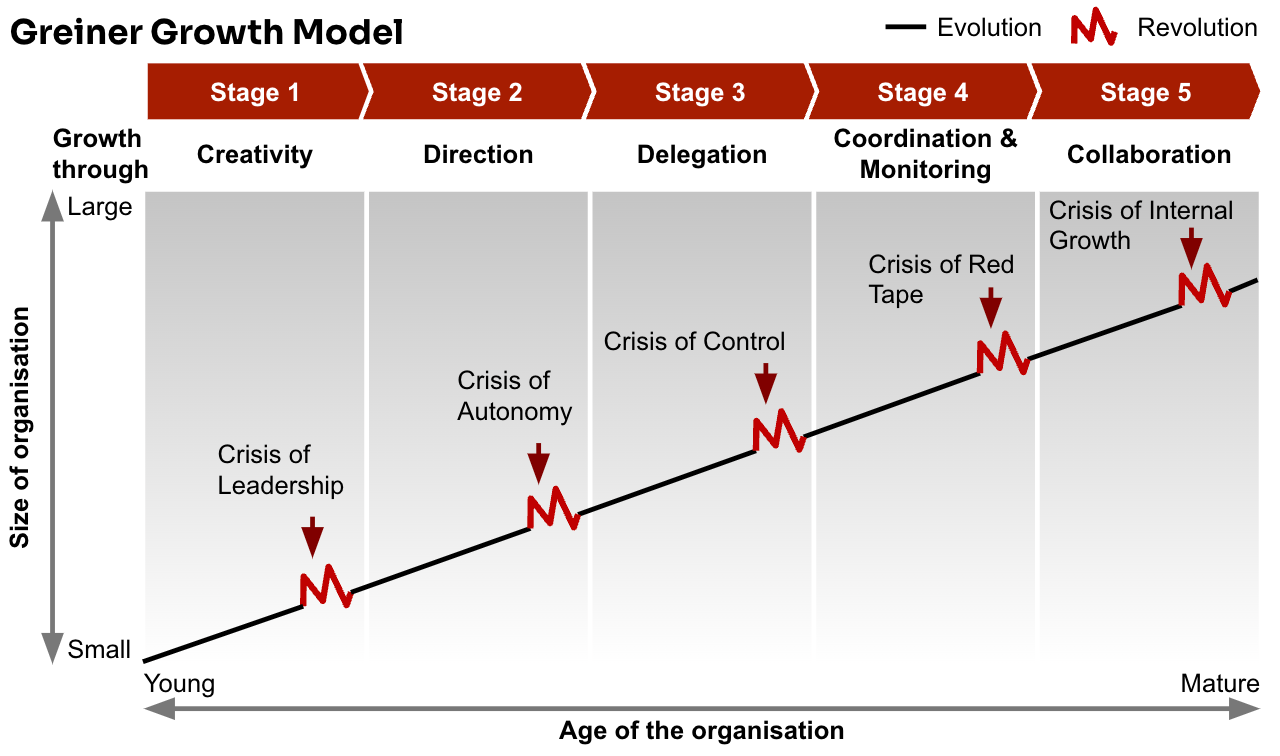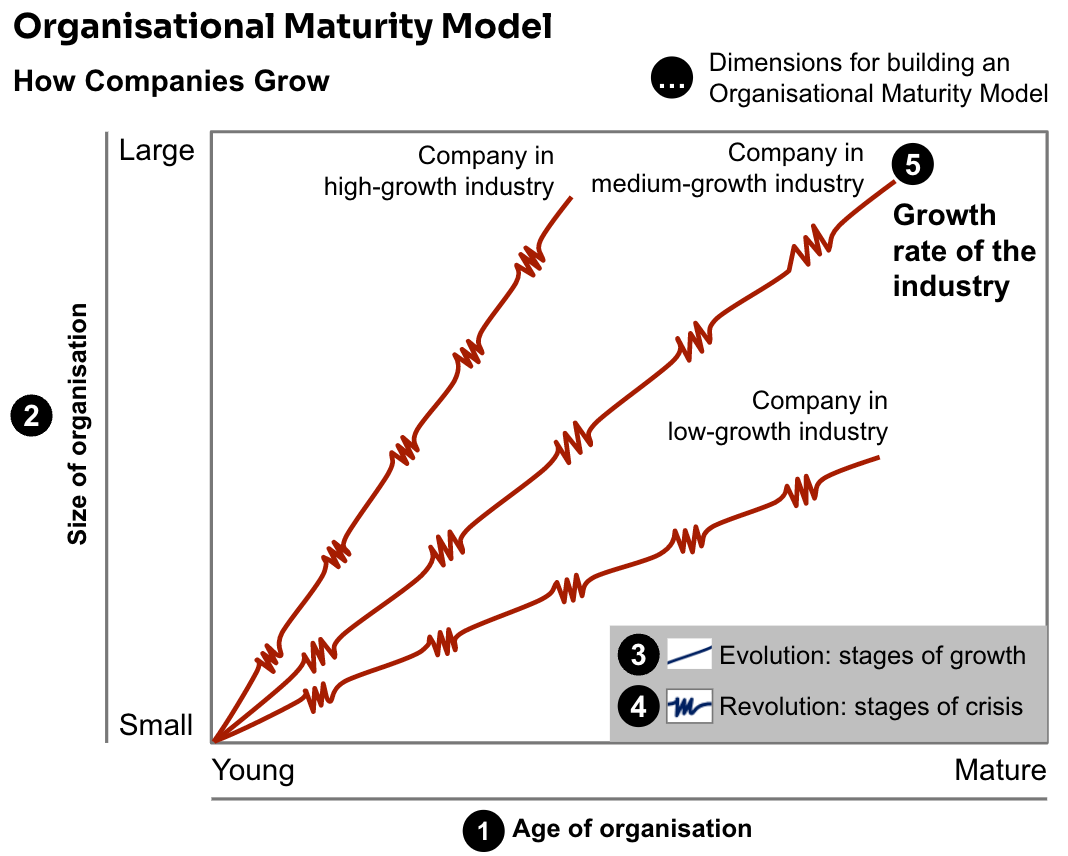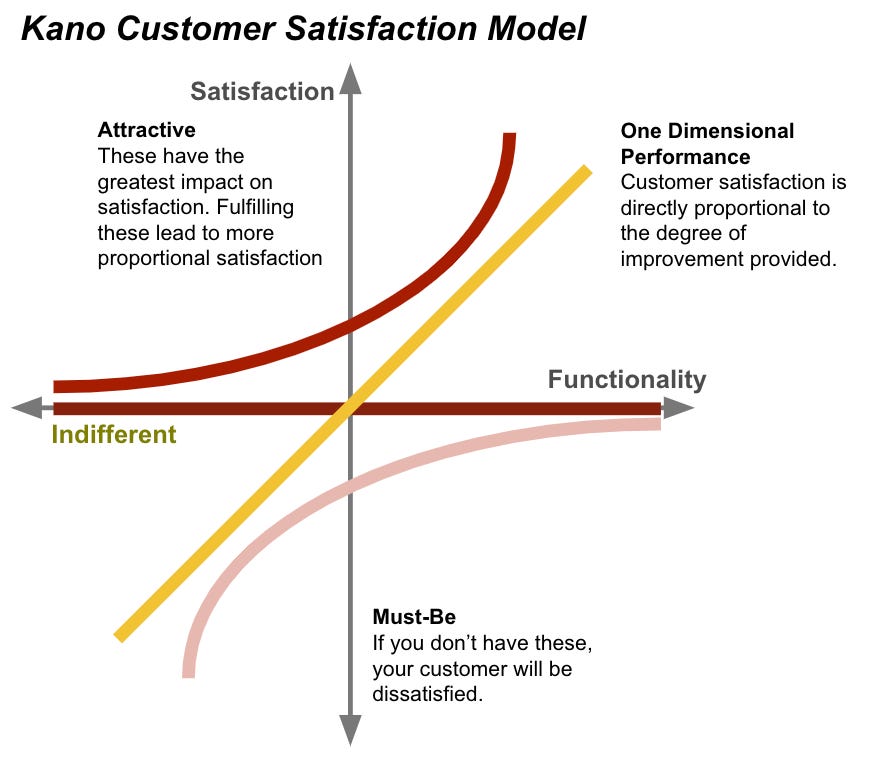Developing Strategies For Innovation
#003 - Wednesday 9th Aug 2023
Good morning.
A couple topics, but a lot of meat on the bones. You’ll want to hit save on this one.
Spotlight
Industry
Entertainment - Clearly embracing the future, Disney's task force targets AI's integration across its vast empire. Interestingly for Disney, an institution famed for taking generational length stances, this step into the AI realm may seem quick to capitalise on a trend but it’s more than just exploration; it's a strategic leveraging of existing strengths. The success of Disney+ symbolises their adeptness in digital transformation. As a trusted source in travel, movies, and shows, they're no stranger to technological integration. Disney's rich trove of digital assets forms a fertile ground where new technology can multiply value. Their established reputation and deep reservoir of content provide not-so-secret advantages, setting the stage for a seamless and potent incorporation of AI across their portfolio.
It's a classic Disney move, innovating without losing the essence of their brand.
Cloud Computing - Amazon Web Services (AWS) is a powerhouse within Amazon, accounting for approximately 16% of the company's revenues but an impressive 71% of its profit. Reflecting on their recent earnings update, it’s hugely interesting to recognise the strategic mastery at work. Without initially turning a profit, and without a specific vision to become a leader in the cloud industry, Amazon was able to seize an emerging opportunity.
Amazon built this lead through three key strategies: 1) Developing cloud tech to optimise internal costs, creating a robust capability; 2) Gaining insights into innovation maturity cycles, allowing them to predict future cloud development stages; 3) Maintaining a laser focus on delivery. Leveraging these strengths, Amazon accelerated the cloud development cycle to the utility level of maturity, becoming the pioneer in offering cloud as a service. Their approach was marked by intelligent pragmatism, a deep understanding of innovation, and effective execution.
The company had wisely positioned itself with the necessary resources and capabilities to take full advantage of the situation, showcasing the importance of readiness and strategic agility.
The Leaders Digest
What's weighing on the minds of those leading the organisations of today.
Organisational Readiness for Innovation
In today's business landscape, the rapid speed of technological development—with AI adoption in particular—poses both a significant opportunity and a complex challenge for CEOs. The acceleration of advancements calls for a robust understanding of an organisation's growth stage and readiness to innovate. Two tools can provide crucial insights in this context: the Greiner Growth Model and the Organisational Maturity Model.
The Greiner Growth Model delineates distinct stages of organisational growth, from creativity to collaboration. Each stage represents a different facet of development, complexity, and innovation potential. Comprehending where your organisation currently resides within these stages is paramount. It's not merely an academic exercise but a strategic imperative that can shape how innovation, such as AI is truly leveraged, adapted, and integrated.
The Organisational Maturity Model takes this analysis a step further, aligning growth with maturity through five key dimensions: 1) Age of the organisation, reflecting its historical evolution and legacy; 2) Size of the organisation, indicating its current scale and complexity; 3) Evolution, representing the natural, progressive development; 4) Revolution, marking radical, transformative changes; 5) Growth rate of the industry, aligning with broader market dynamics and trends.
By synthesising these dimensions, you can construct a comprehensive view of your organisation's maturity, allowing for a tailored approach to innovation. Understanding the current stage and size offers a foundational perspective, setting the stage for an intentional innovation journey.
Embarking on this analytical process is a strategic endeavour. It offers a roadmap to navigate the complexities of most innovation initiatives, in particular AI integration, ensuring alignment with organisational capabilities and industry dynamics. It's an approach grounded in strategic foresight, resonating with the challenges and opportunities of contemporary business leadership. Definitely worth trying out!
Latest Insights
The Nadella Effect: Turnaround strategies for laggard leaders.
Read here
For deeper industry reads be sure to subscribe to Special Reports below.
Your Questions Answered
Have a burning question? - hit reply or email us here.
The question below came from a client and has been anonymised and abridged.
“As we're expanding our product line to new international markets, we've been facing challenges in understanding diverse customer needs and leveraging our existing data. We need to respond to regional preferences without losing sight of our core offerings. How can we systematically analyse and adapt our product features to satisfy both our domestic and international customers?”
This is definitely something that resonates with the strategic challenges many global organisations are grappling with today. The complexities of cultural nuances, customer segmentation, and the vast amounts of data available can be addressed through a tailored solution.
An oldie but goodie, the Kano Customer Satisfaction Model, updated to account for new technologies and newer ways of thinking can be integrated with the latest data analytics. This will allow us to categorise and understand the basic, performance, and excitement factors of your product across various markets.
I’ve popped a standard model below for reference.
We may also consider a nuanced approach, customising the Kano categories to specifically align with your industry and the unique attributes of each regional market. This might involve introducing additional categorisations or subtly altering the existing ones to reflect the localised customer insights.
Furthermore, considering globalisation and cultural influences, the Kano Model can be adapted to acknowledge the cultural variables that drive satisfaction in different markets. This involves not just translating the model but understanding the underlying expectations and preferences within each culture.
By synthesising these elements, we can create a dynamic and culturally intelligent framework to drive your product strategy. This tailored solution aligns with a path forward that is not only data-driven but also rooted in a deep understanding of customer needs, both domestically and globally.
The Nugget
A book this week and sticking with the theme of Disney, a fantastic look into the journey of Bob Iger’s rise through ABC and later Disney. If you haven’t read (or listened to it) - some incredible stories, and lessons in how to rise through the ranks and eventually lead one of the world’s biggest brands. From one of the most successful CEOs ever. IMO go for the audio book.
How can we help you?
Get in touch with our strategy practice.
See you next Wednesday.
// N
P.s. Don’t forget to check out The Nadella Effect, a deep dive into the strategies and frameworks used at Microsoft in one of the most successful turnarounds in corporate history.




